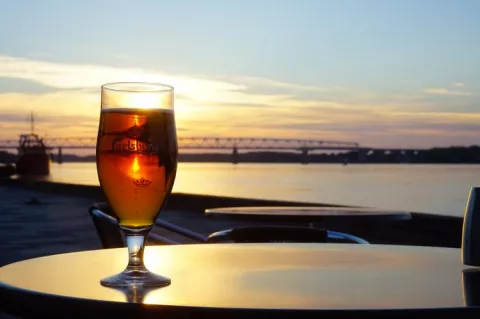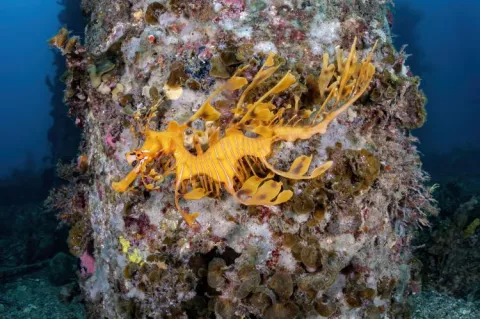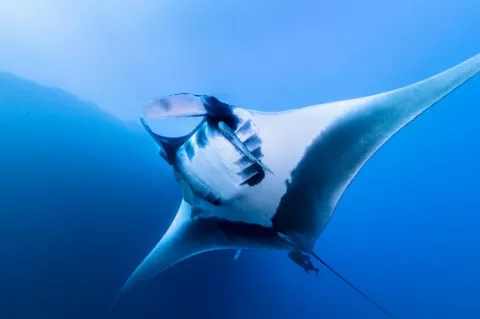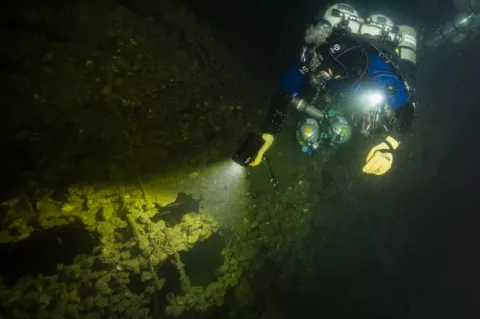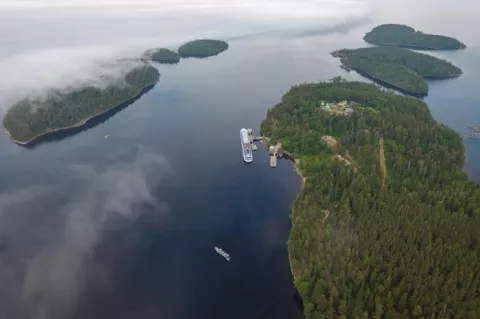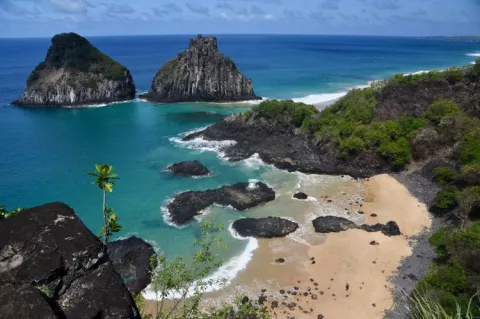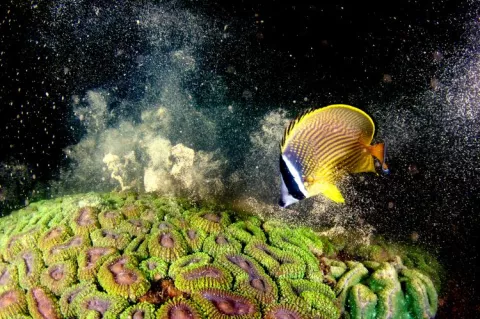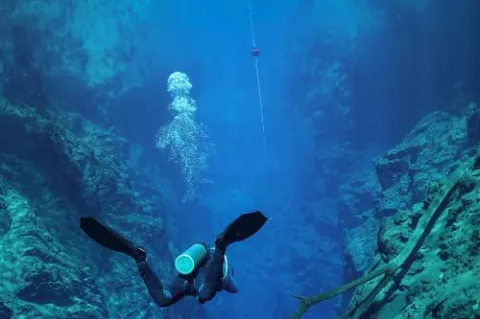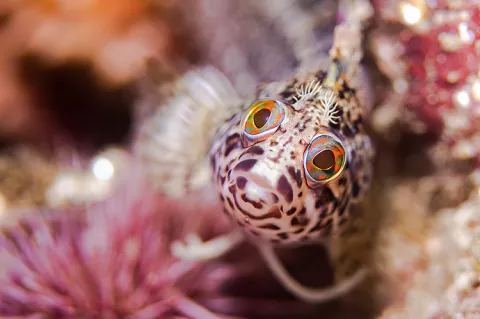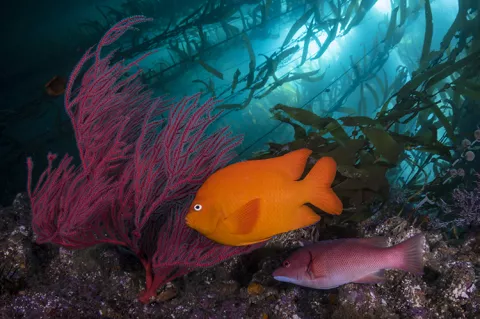Denmark: Diving & Dining
From the capital city of Copenhagen, across the Great Belt to Funen and the Little Belt to Jutland, travelling through the green fields of the Danish countryside, Scott Bennett describes his diving and dining adventure through Denmark, stopping along the way for a five-course meal at one of the 25 Micheline star restaurants found across the country.

